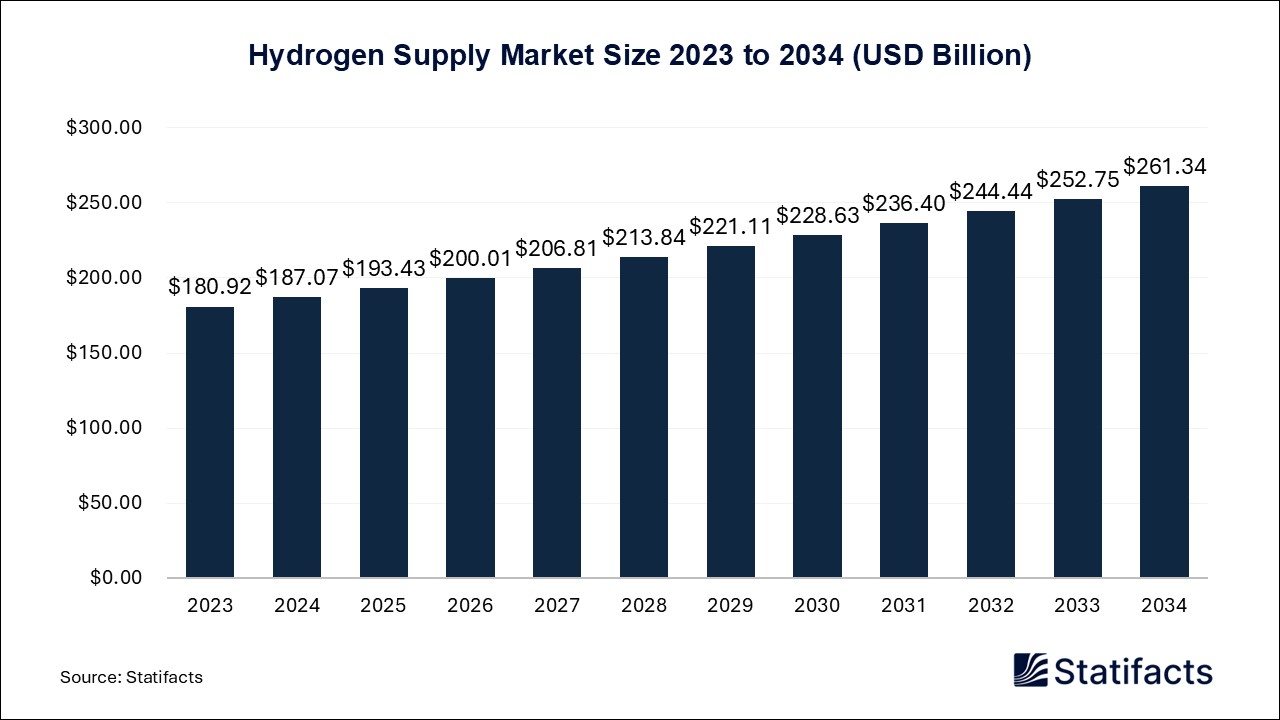

Our customers work more efficiently and benefit from
The global AI in medical imaging market size was estimated at USD 1,400 million in 2024 and is projected to be worth around USD 28,000 million by 2034, growing at a CAGR of 34.9% from 2025 to 2034.
| Industry Worth | Details |
| Market Size in 2025 | USD 1,890 Million |
| Market Size by 2034 | USD 28,000 Million |
| Market Growth Rate from 2025 to 2034 | CAGR of 34.9% |
The AI in medical imaging market deals with the administration of procedures of observable depiction of diverse tissues and organs of the human body. Artificial intelligence is being used exceedingly to strengthen visual interpretation and assessment in medical imaging. AI is utilized to program regular tasks like spotting complicated patterns and detecting abnormalities that a human eye may not or cannot be able to decipher. Healthcare professionals find integrating AI with medical imaging extremely useful as this helps them look for uncertain specifics in diseases like Alzheimer’s disease. Some of the medical imaging procedures include X-ray, computed tomography (CT), magnetic resonance imaging (MRI), and diagnostic sonography.
Telemedicine refers to the sharing of medical information through electronic and telecommunication technology between the clinician and the person feeling unwell. It has several applications including wireless tools, emails, and video calls. This is beneficial for the patients, especially those located in remote places, as they can connect with the nearest doctor via a simple text message or phone call.
The unceasing diseases and medical conditions are responsible for the growth of new approaches, one of them being telemedicine. As a result, the necessity for a detailed analysis of medical images along with AI has risen. Artificial intelligence is used in telemedicine to strengthen ease of access by employing practical consultations and streamlining healthcare services. Additionally, medical imaging deploys AI to provide solutions with ease and cost-effectiveness, while driving AI in medical imaging market further.
The doctors and clinicians avail medical imaging technologies like CT and MRI scans and ultrasound to keep a check on patients’ health. These technologies bring about a great amount of data that needs to be analyzed on a regular basis. While detecting diseases is a lengthy process, it also certainly leads hospitals to generate voluminous information from higher-resolution images which need more storage. Taking control of these technologies and managing them is an arduous task for humans and deploying AI can help. For evaluating medical images at a quicker pace while maintaining precision, Al algorithms employ innovative techniques like deep learning to recognize diseases or medical conditions similar to cancer, amyotrophic lateral sclerosis (ALS), brain tumors, and cardiovascular abnormalities. Hence, demand in the AI in medical imaging market is growing as a result of an increase in imaging data capacity and saves a huge chunk of time.
While the advantages of AI are enormous, patients along with healthcare professionals might still be facing the risk of losing acute medical information. It is not only a customary practice but also incredibly important that patients’ medical safety is taken care of and handled with precaution. Thus, maintaining the secrecy of important health-related information needs to be prioritized. There is a possibility that the diagnosis made by the AI algorithms goes wrong. Also, the personal data of patients can be misused if the AI-built systems do not work accurately. The rules and regulations approved by government authorities and medical organizations must be pursued by businesses as the chances of data infringement may increase. There is a constant and faster change in artificial intelligence technology concerning medical imaging, which makes it troublesome for supervisors to track improvements and ensure the safety of patients.
The healthcare sector is anticipated to grow as the prospects of AI in medical imaging market continue growing. The origination of medicines can prove to be intricate and take a lot of time. AI algorithms play a vital role here as they can study vast quantities of clinical records as well as medical images. AI allows a better comprehension of pathologies and the determination of new drug objectives. As a consequence of this, the storage of literature material required for the research and development of new medicines becomes simpler and more efficient. Analysts make use of AI as it can foresee the appropriate treatment choices through the utilization of a patient’s medical images and genetic identity. This is how doctors and clinicians are provided with relevant observations about any patient. Due to the aforementioned information, the scope of investment in advanced AI technologies looks advantageous in the coming years.
Published by Sanket Gokhale , March 2025
For any questions about this dataset or to discuss customization options, please write to us at sales@statifacts.com
| Stats ID: | 8106 |
| Format: | Databook |
| Published: | March 2025 |
| Delivery: | Immediate |
| Price | US$ 1550 |

| Stats ID: | 8106 |
| Format: | Databook |
| Published: | March 2025 |
| Delivery: | Immediate |
| Price | US$ 1550 |

You will receive an email from our Business Development Manager. Please be sure to check your SPAM/JUNK folder too.

Unlock unlimited access to all exclusive market research reports, empowering your business.
Get industry insights at the most affordable plan
Stay ahead of the competition with comprehensive, actionable intelligence at your fingertips!
Learn More Download
Download
